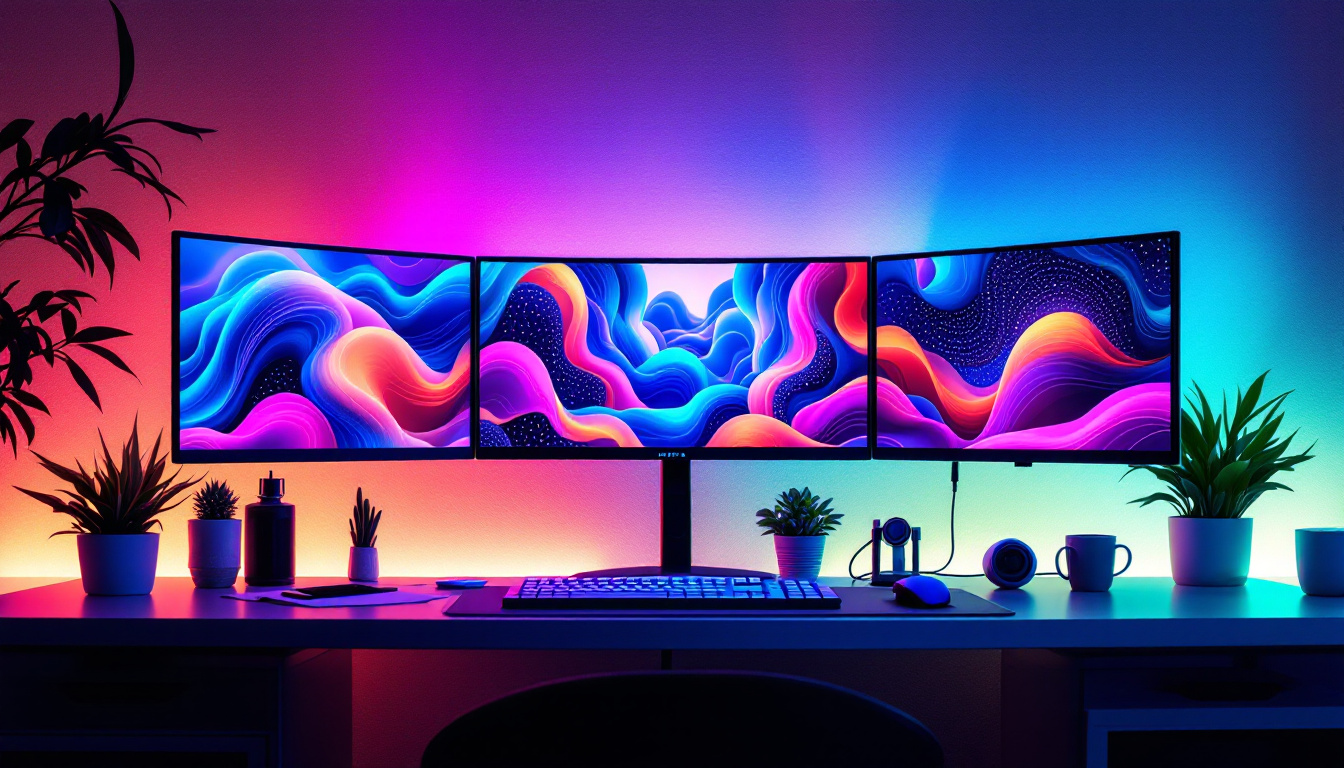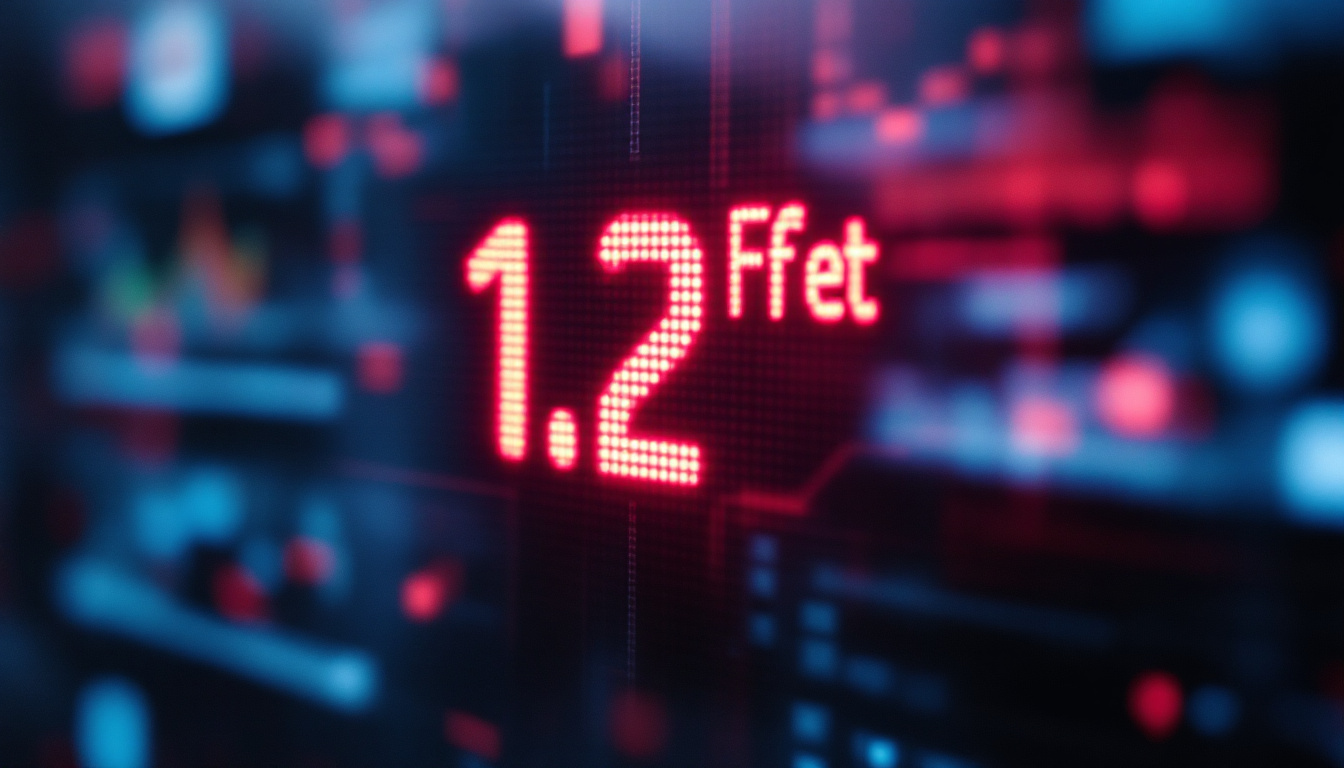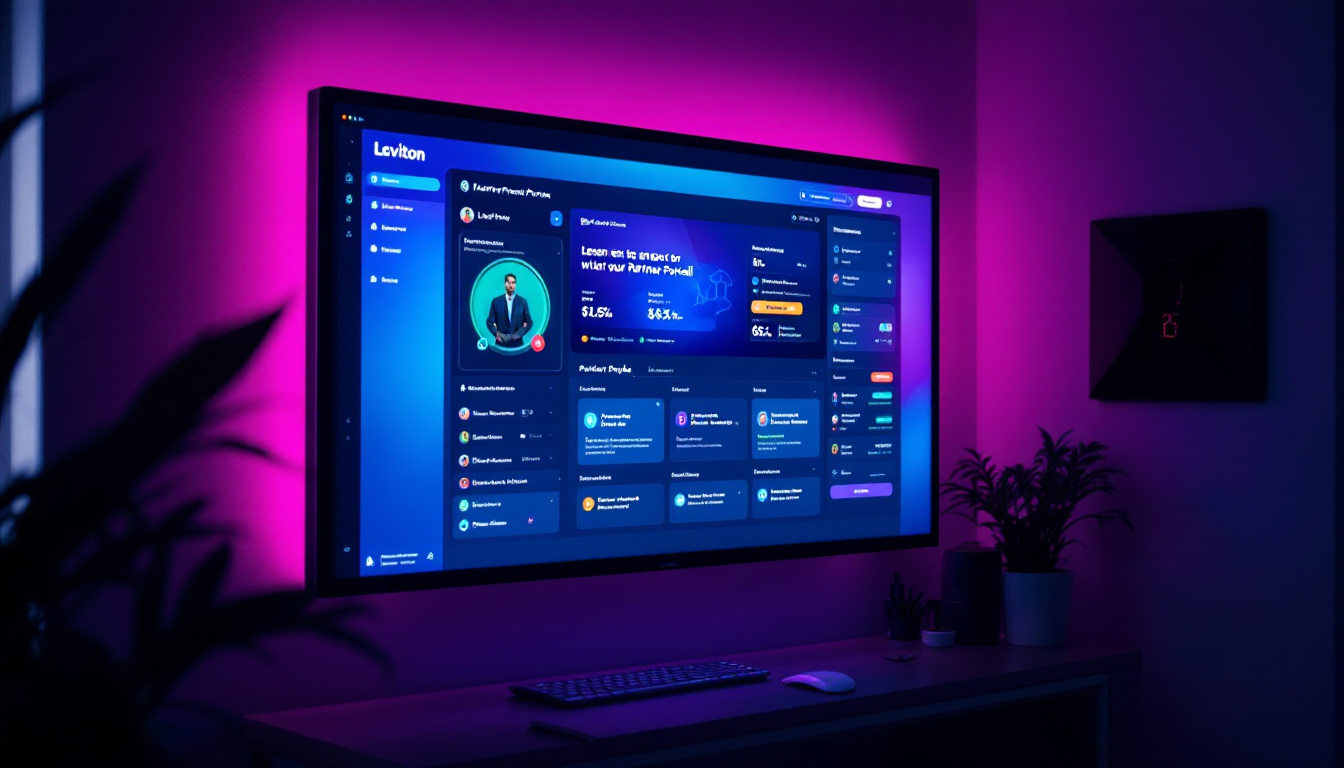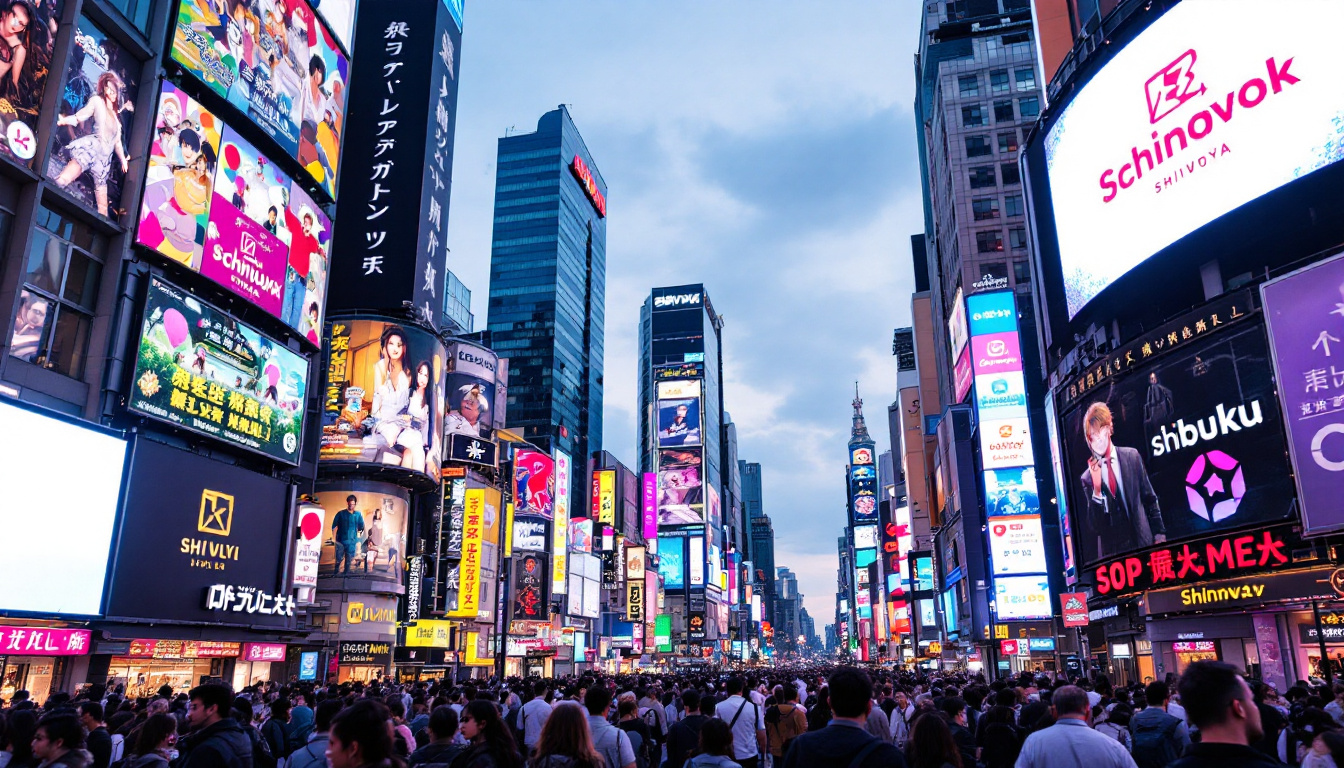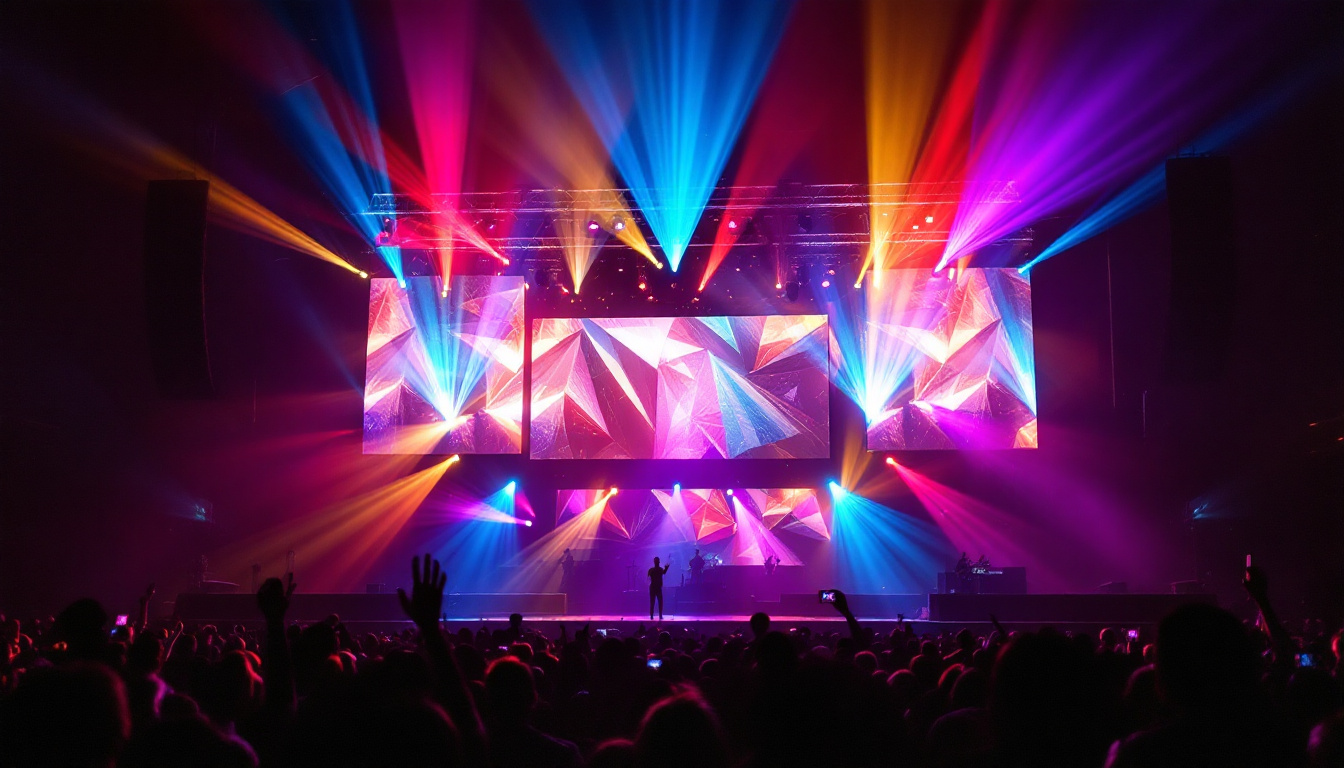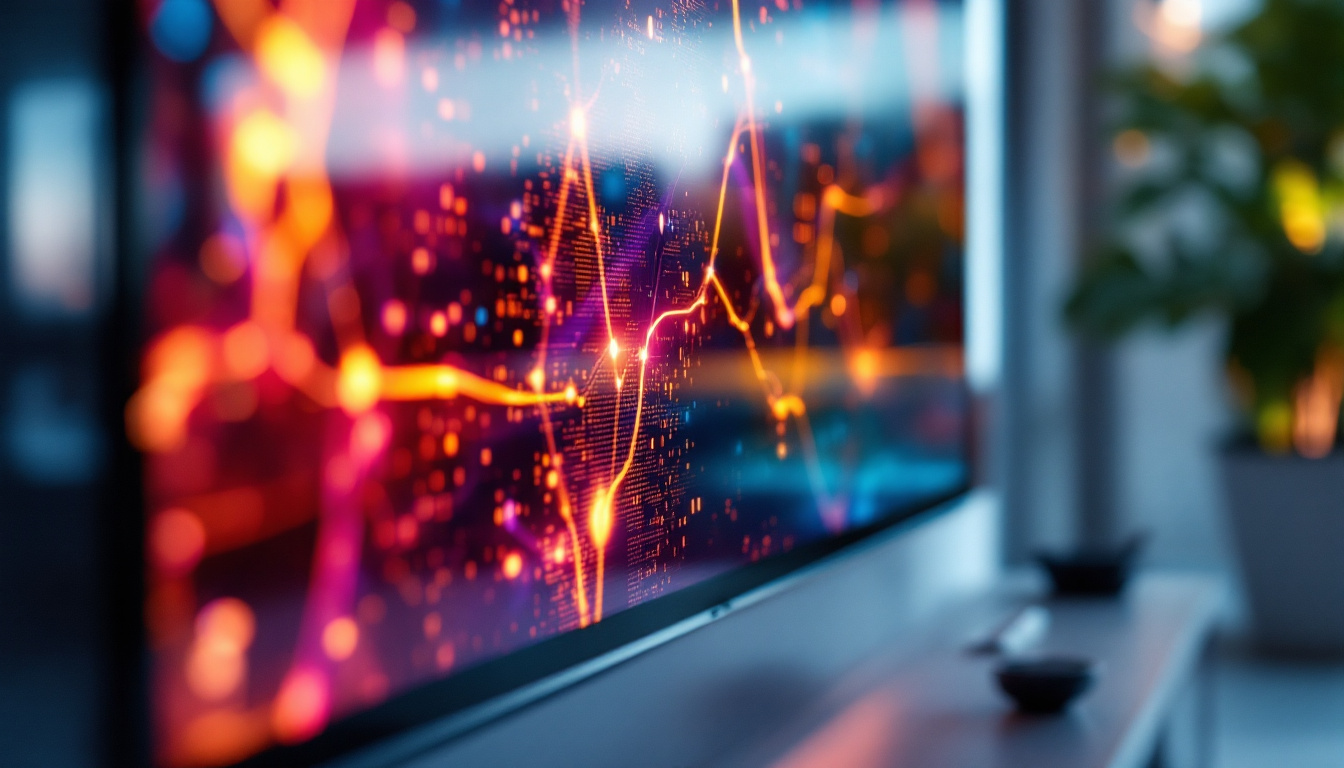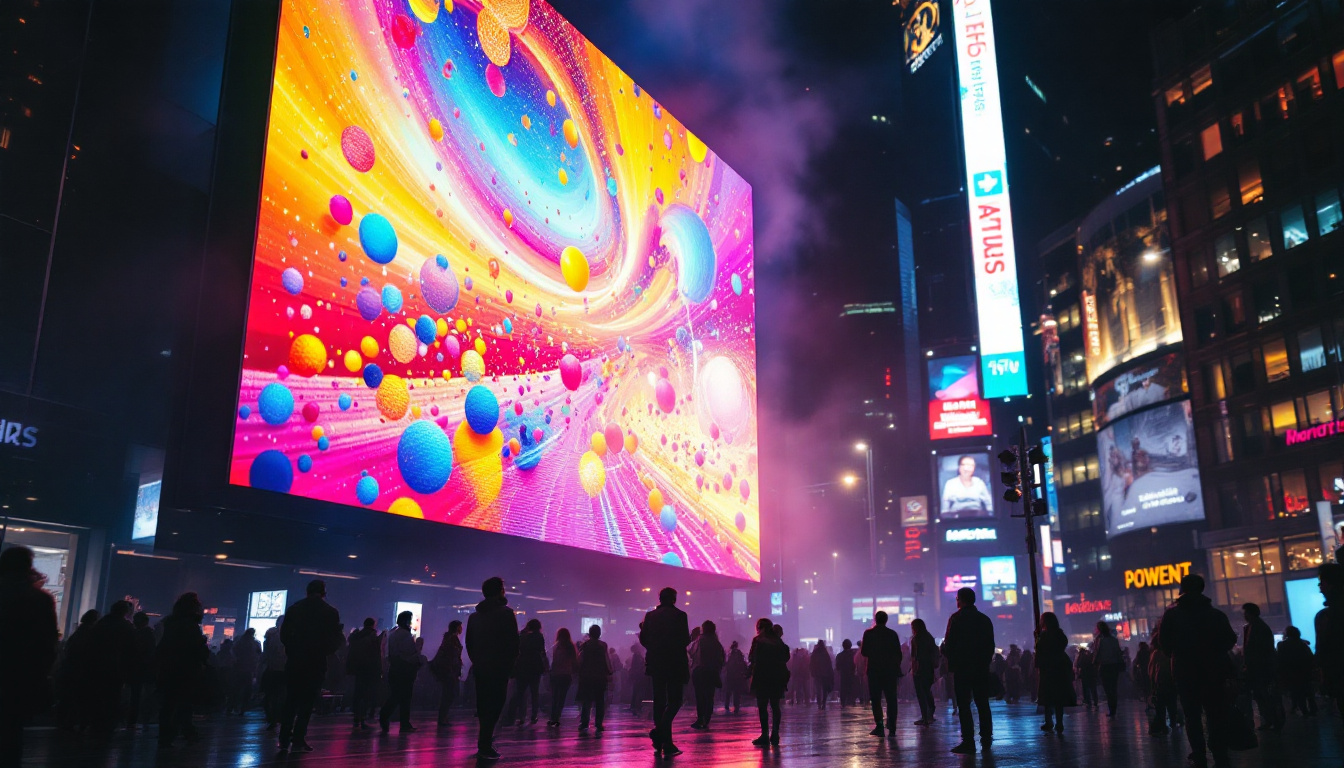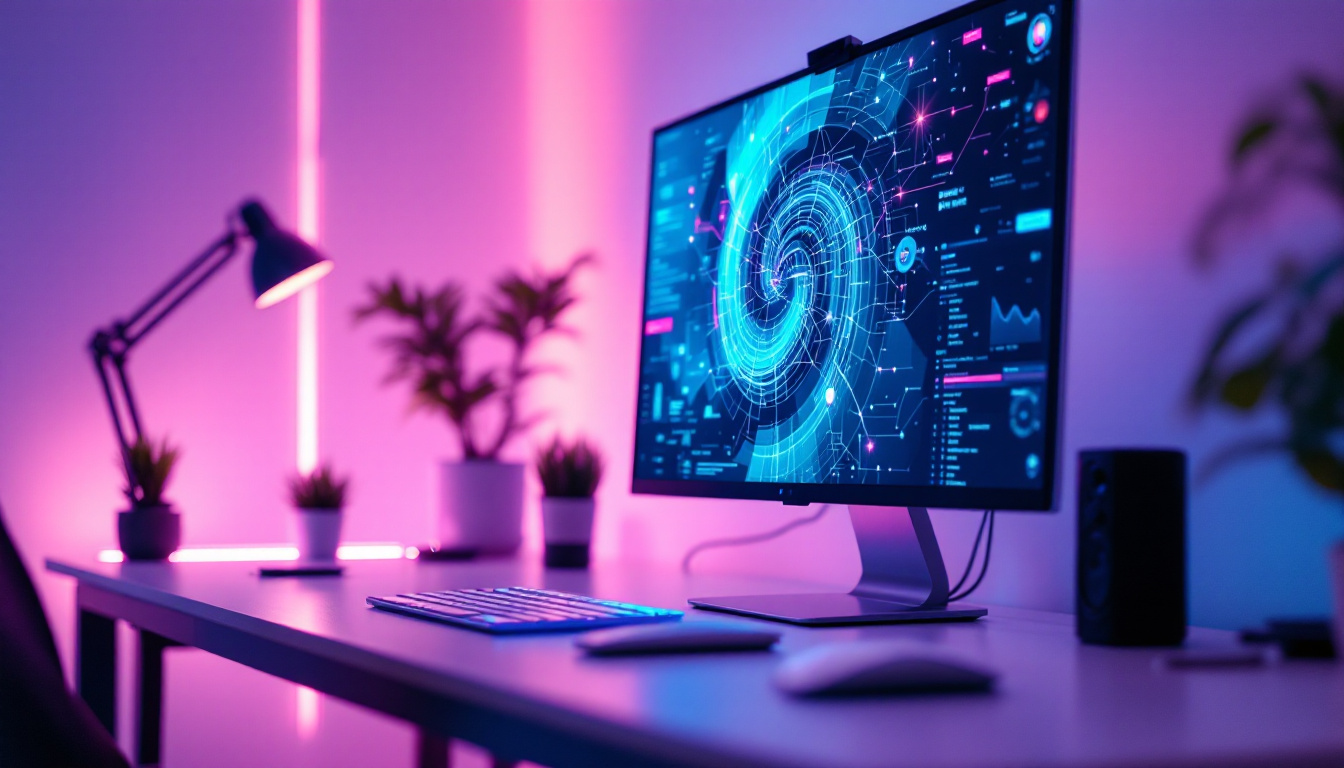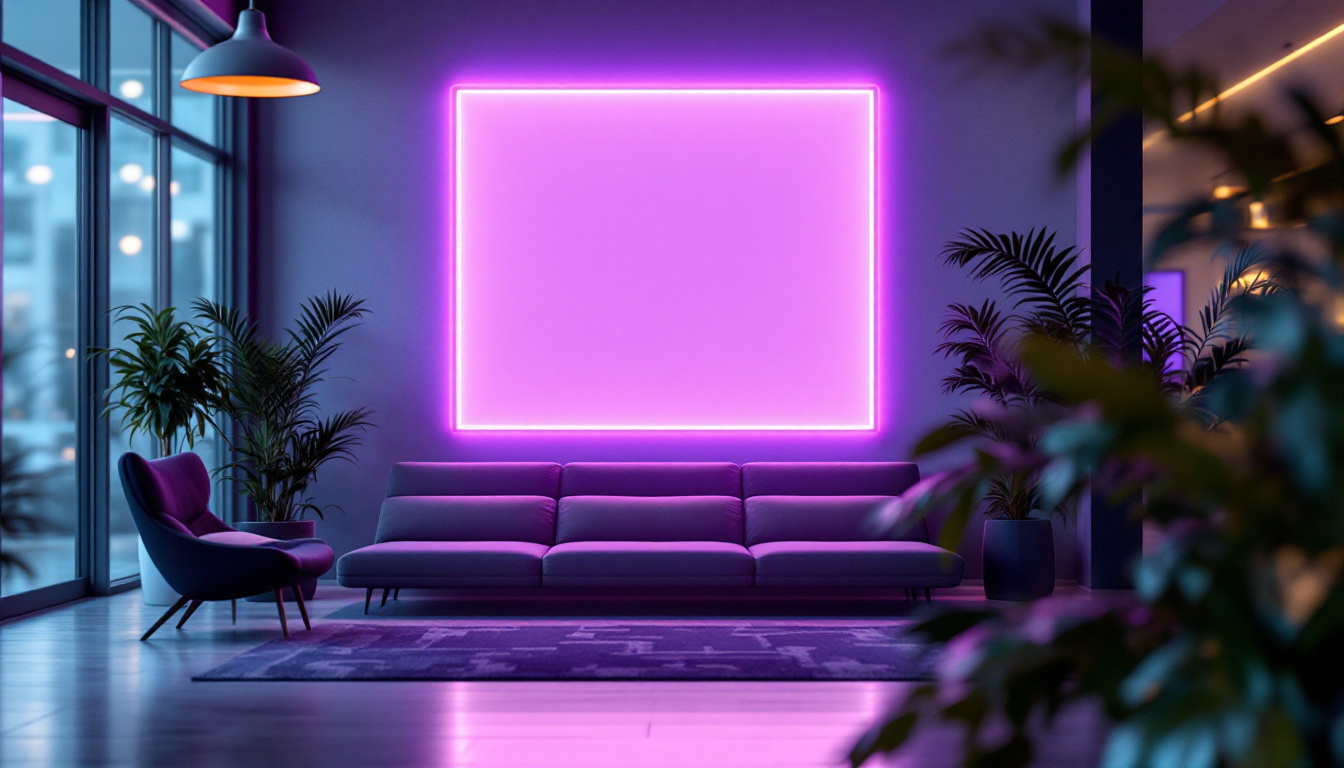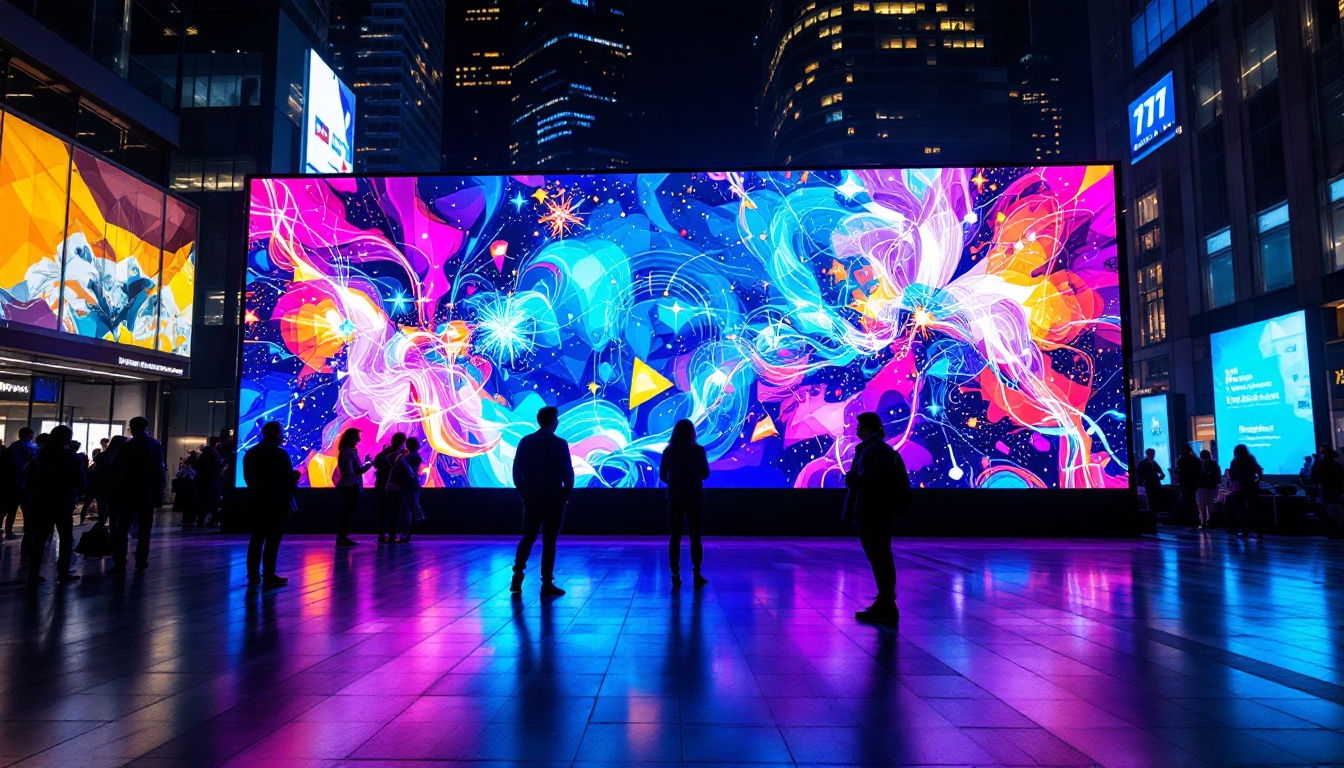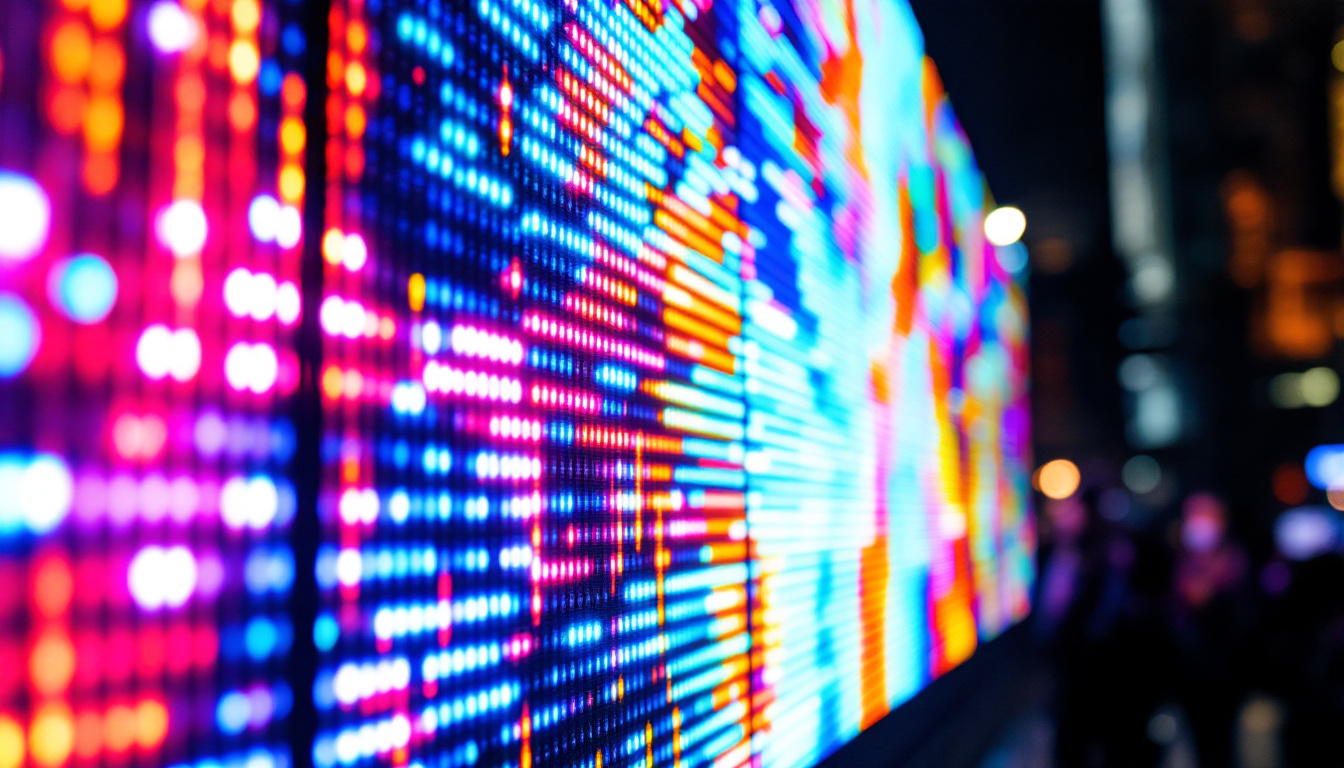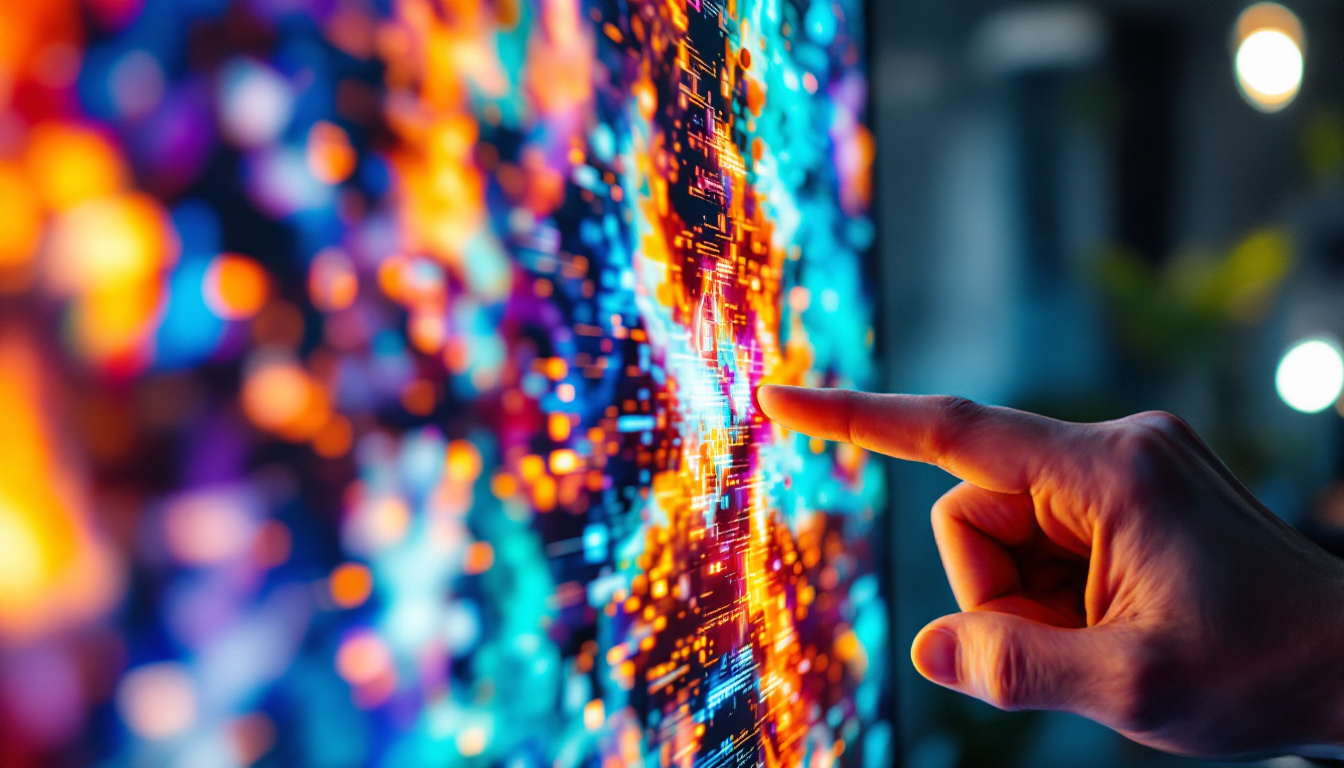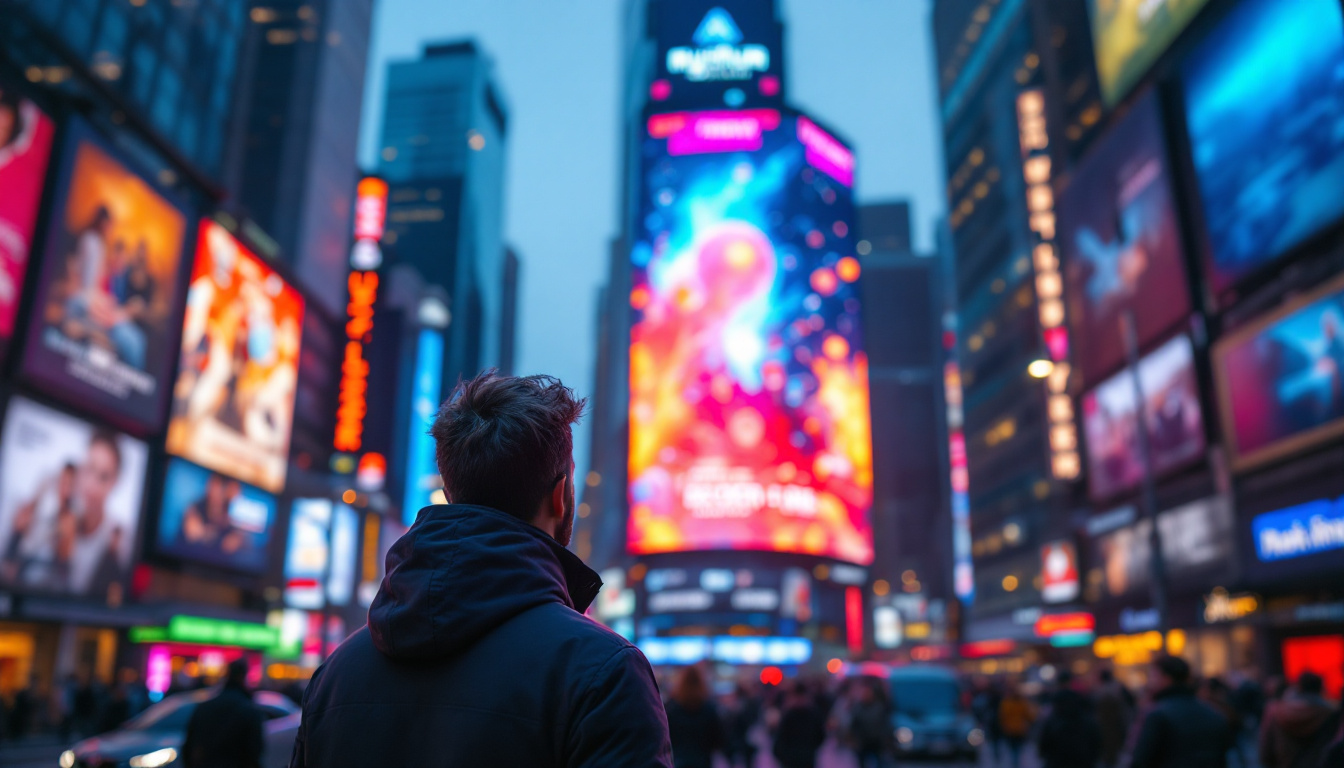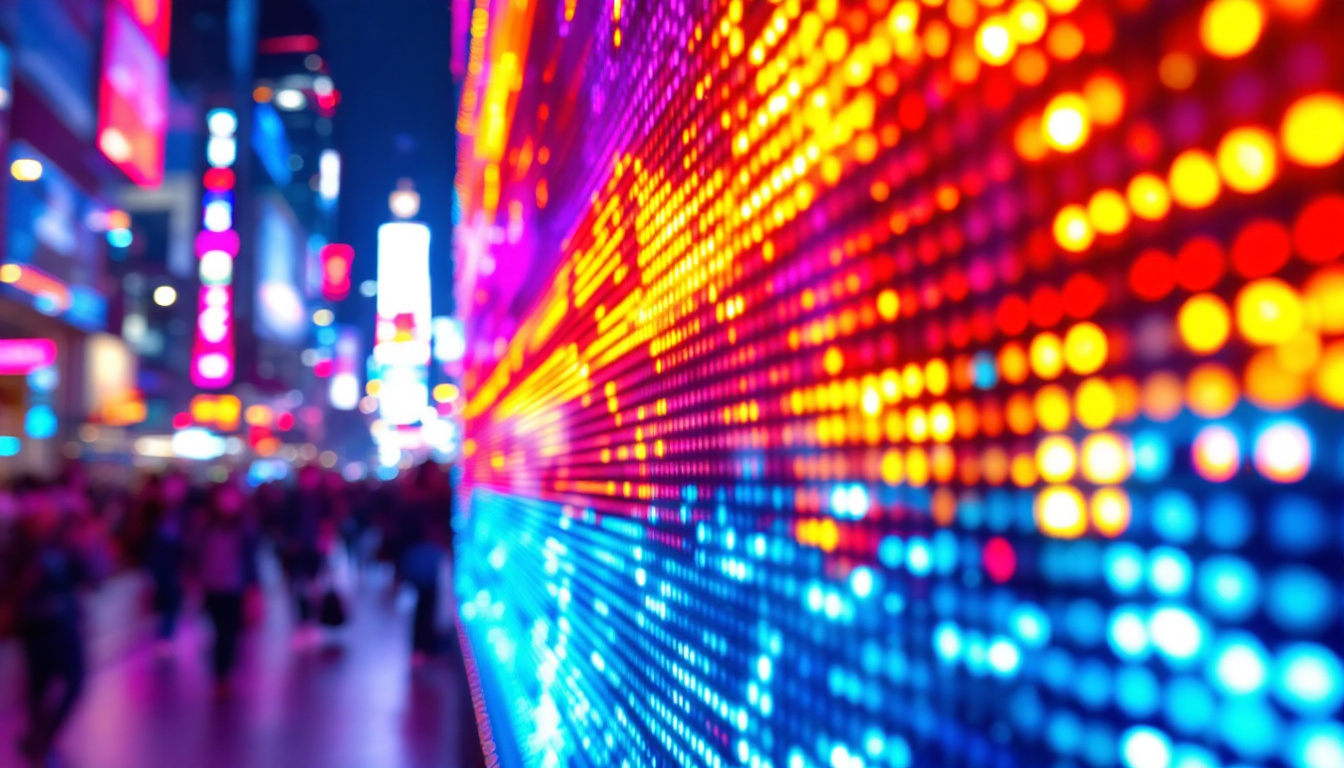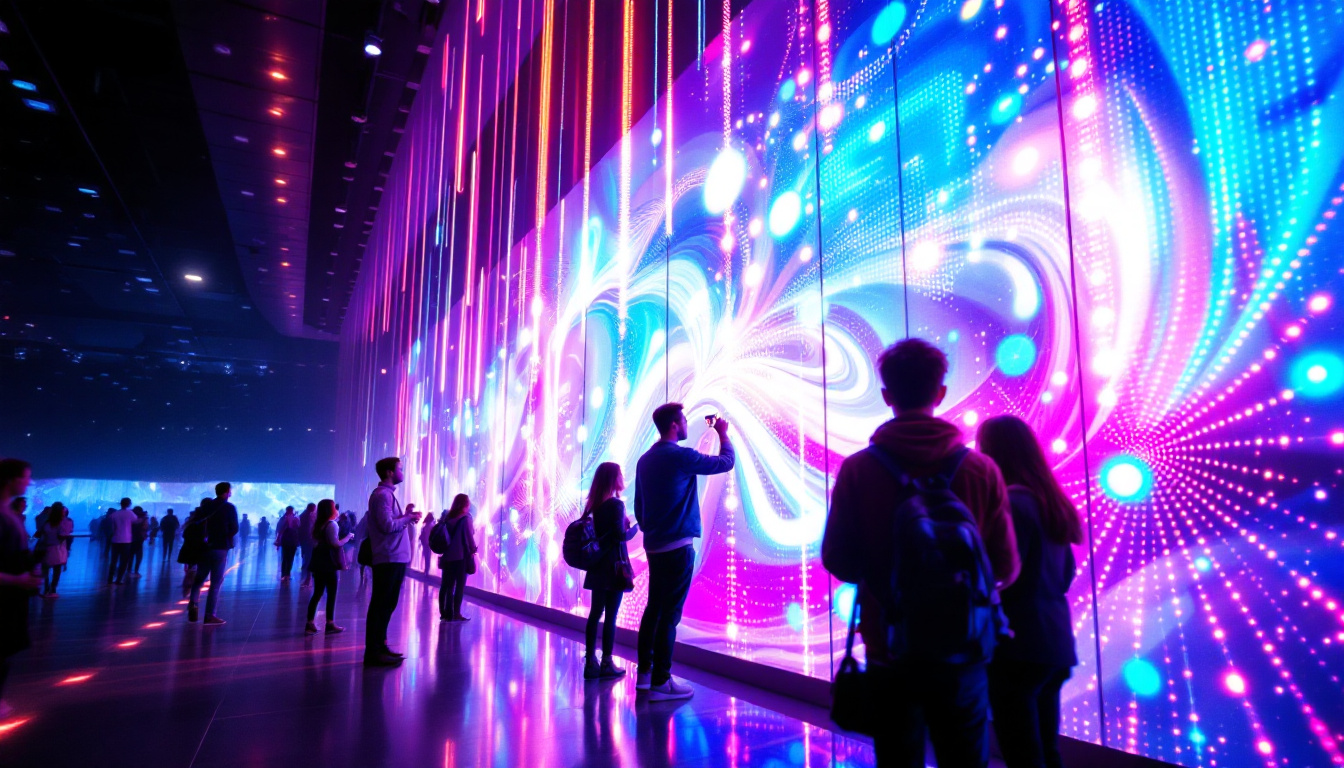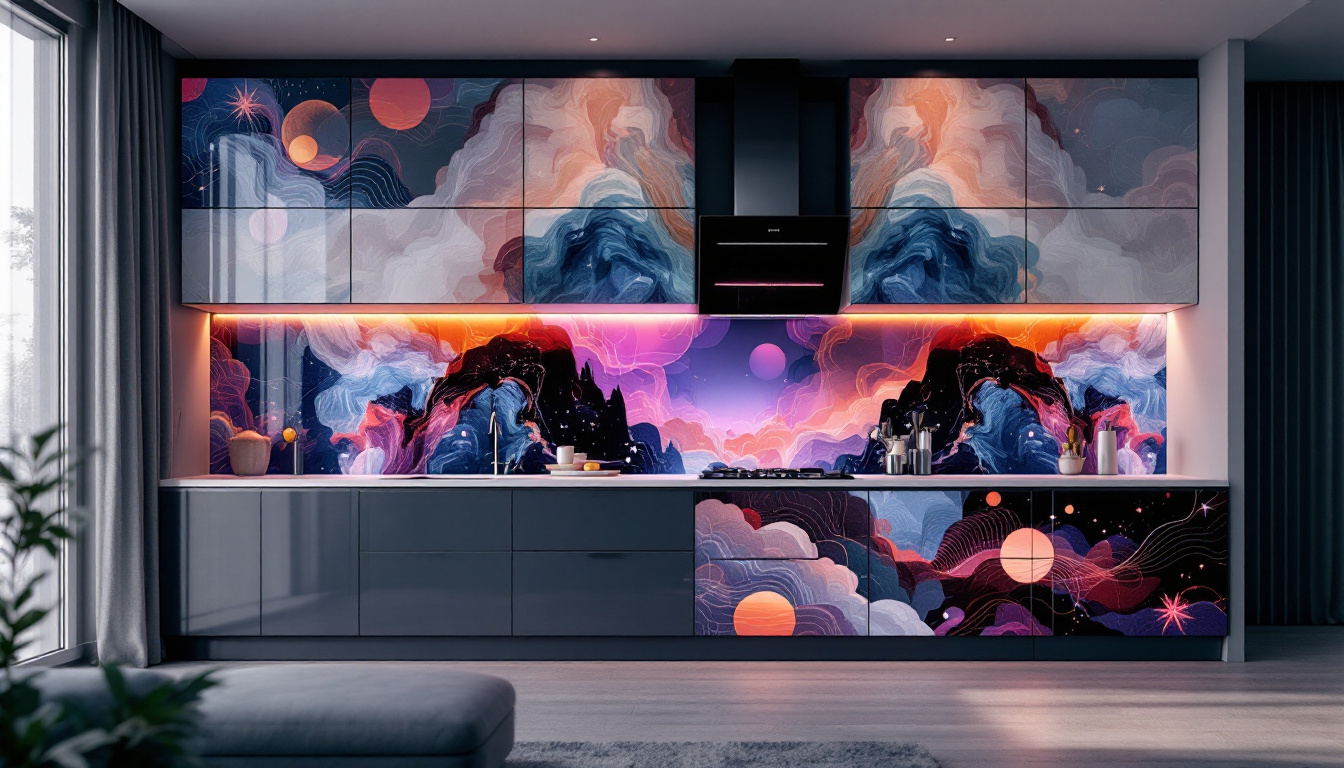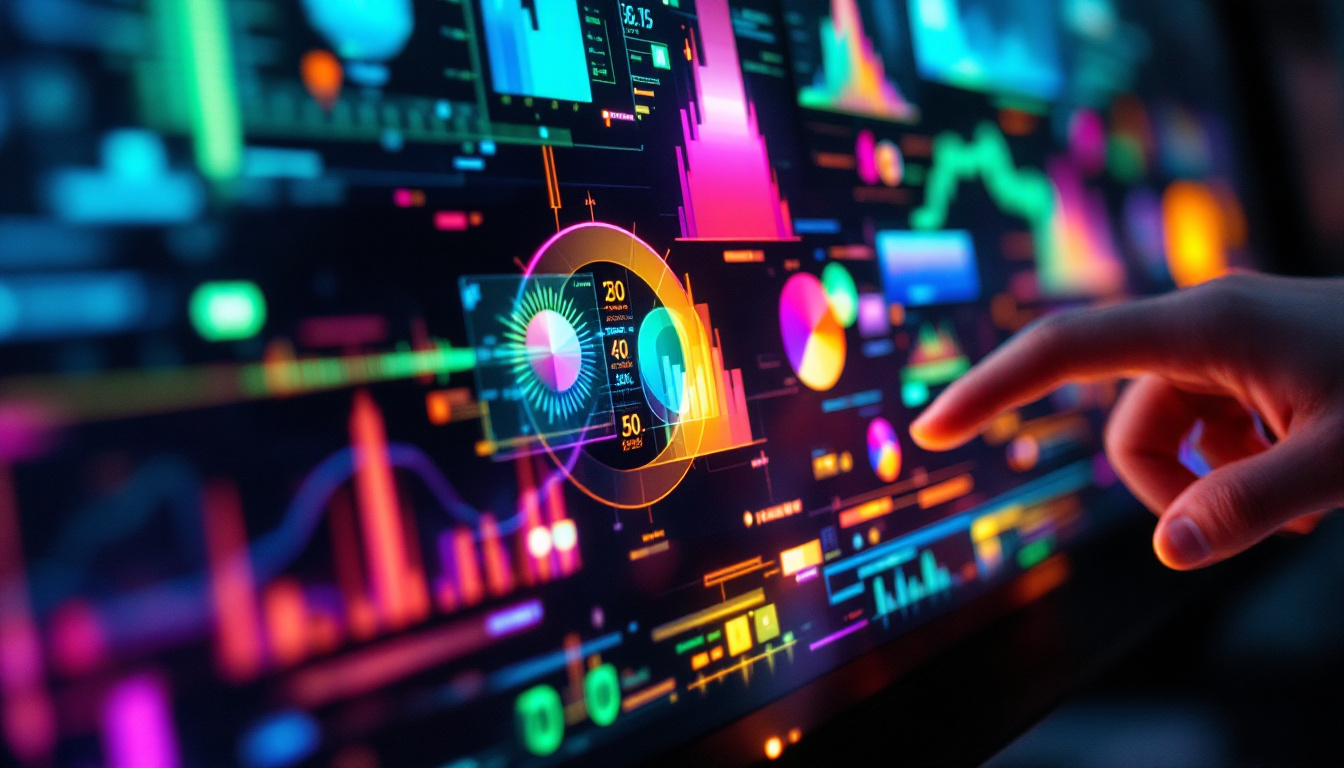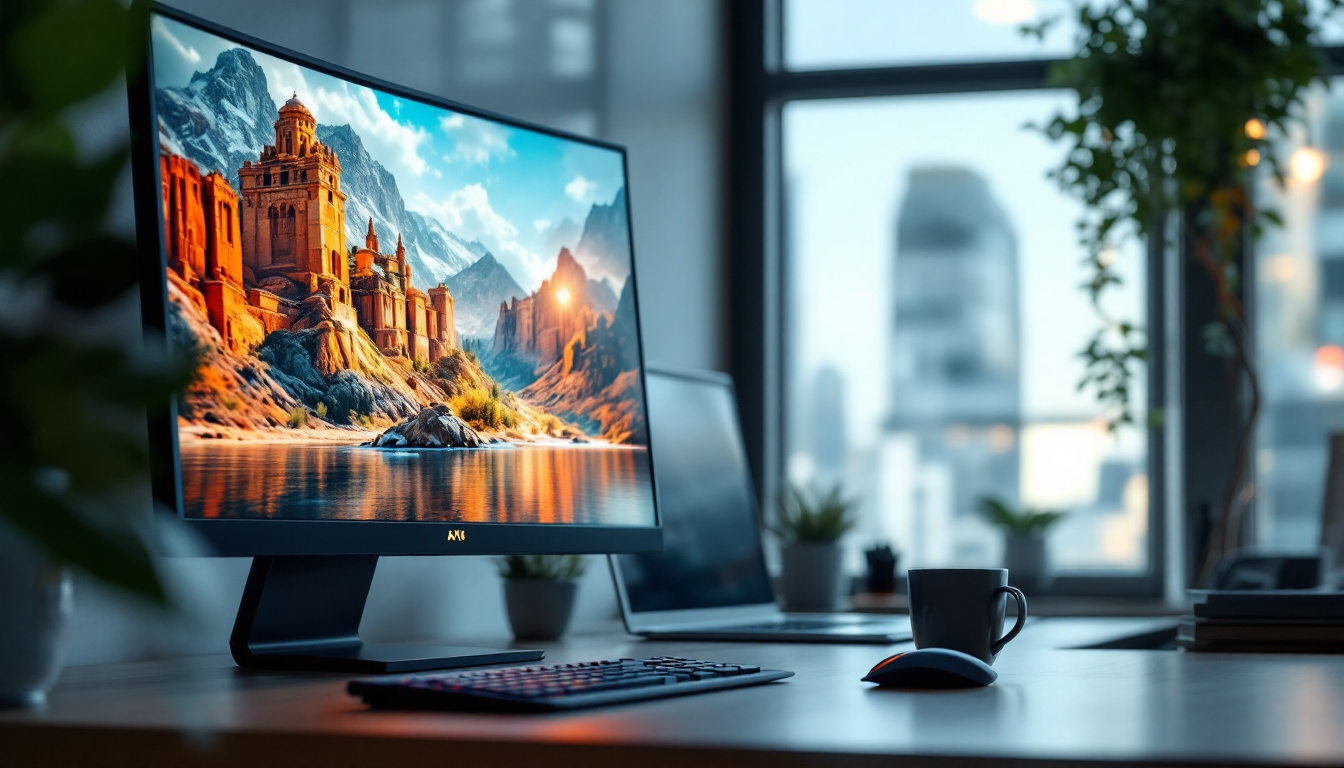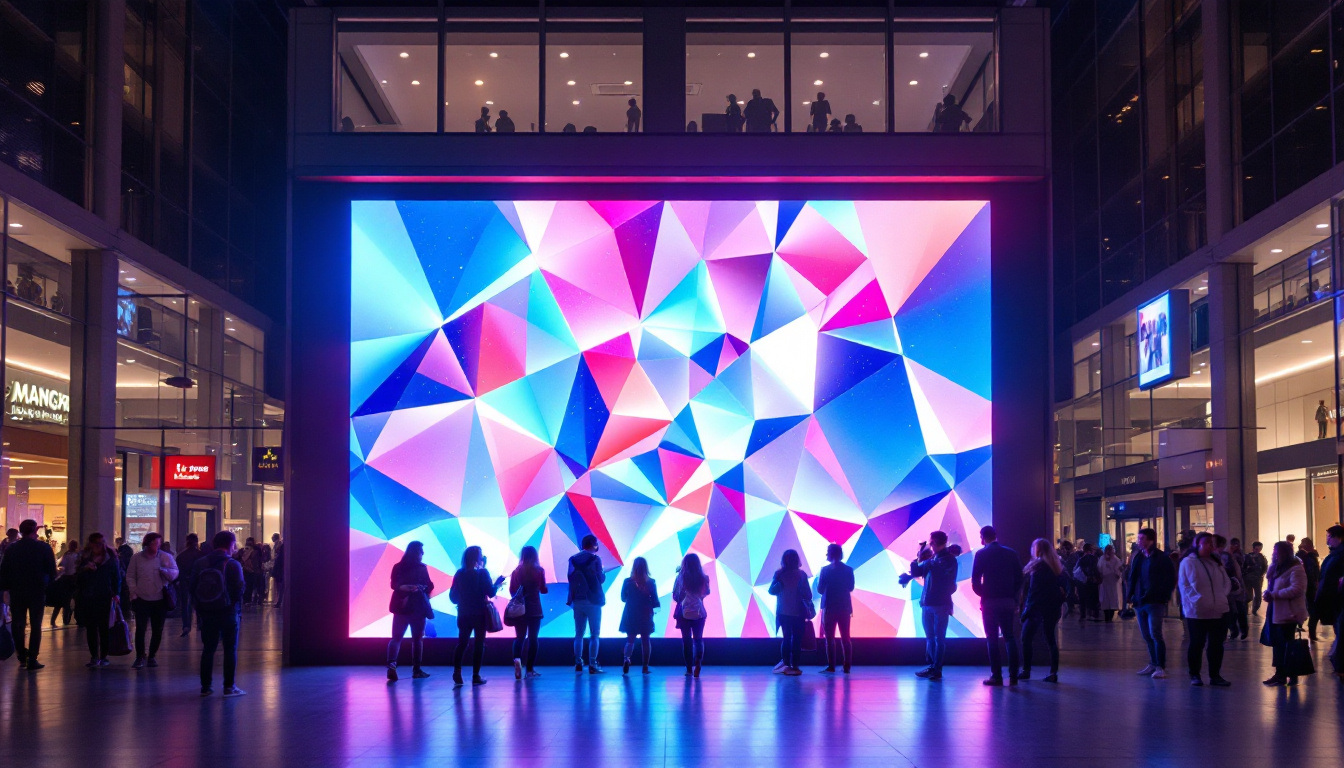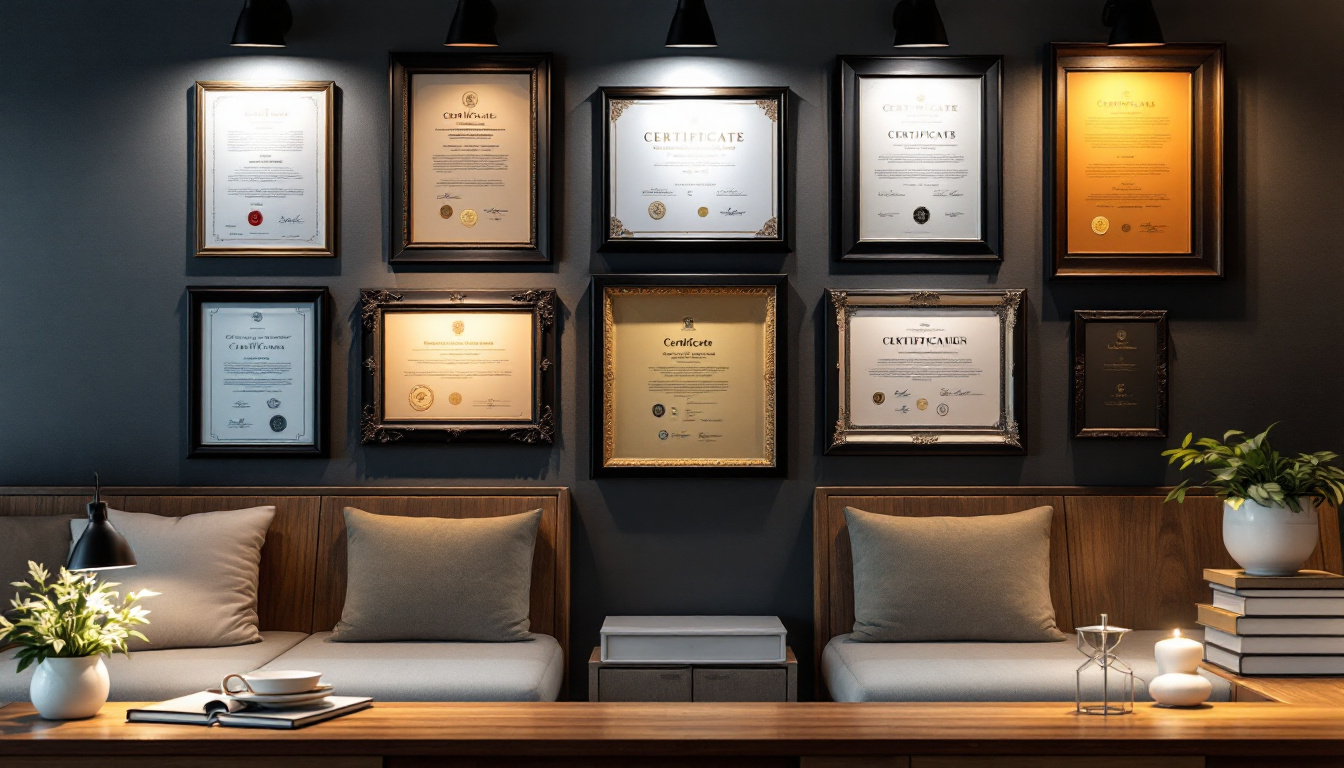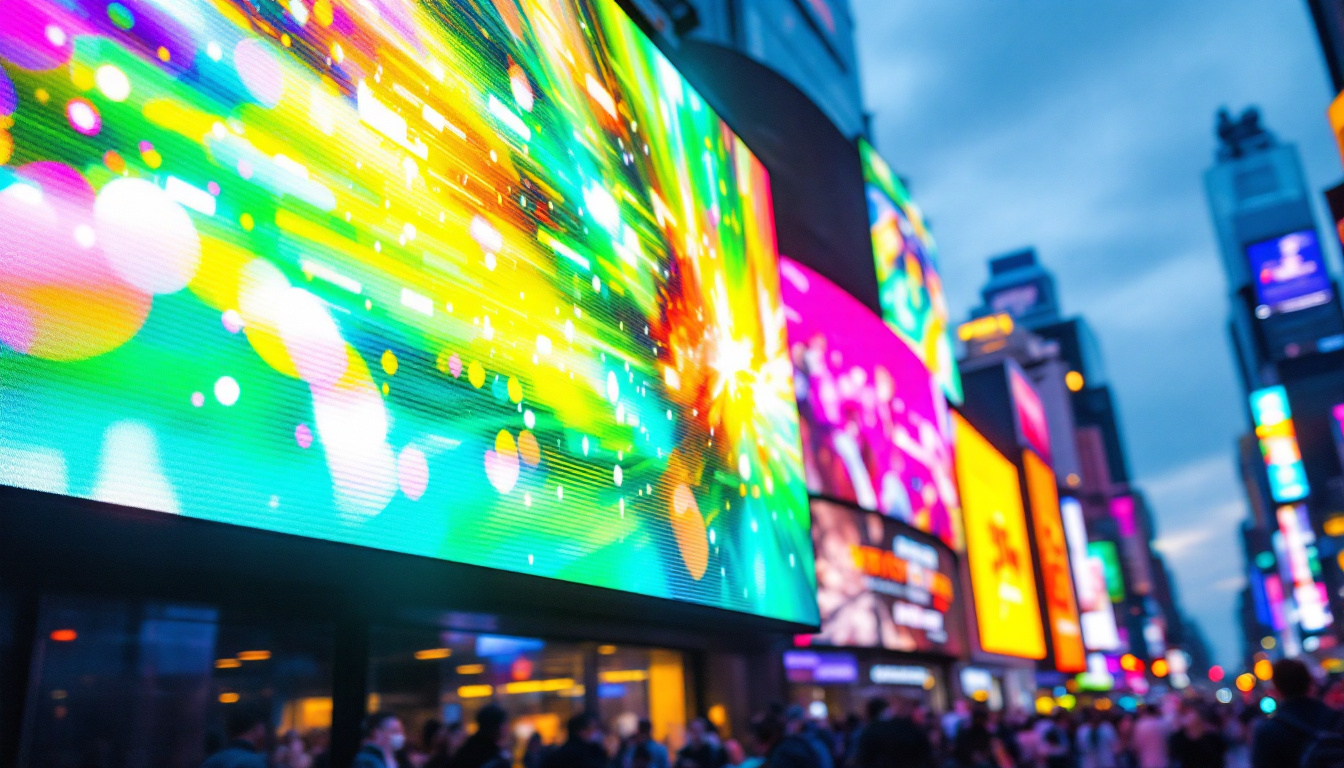In today’s fast-paced digital world, the use of multiple monitors has become increasingly popular among professionals, gamers, and creative individuals alike. The ability to expand one’s workspace or enhance the gaming experience with multiple screens is a game-changer. However, this setup also raises the question of how to create a visually appealing environment, particularly when it comes to wallpapers. This article delves into the intricacies of multiple monitor wallpapers, particularly focusing on LED displays and how they can elevate the user experience.
Understanding Multiple Monitor Setups
Multiple monitor setups involve the use of two or more screens connected to a single computer or workstation. This configuration allows users to multitask more efficiently, providing a broader canvas for various applications. Whether for professional work, gaming, or creative projects, multiple monitors can significantly enhance productivity.
Benefits of Multiple Monitors
The advantages of using multiple monitors are numerous. For professionals, having multiple screens can streamline workflows, allowing users to have documents, spreadsheets, and communication tools open simultaneously. This reduces the time spent switching between tabs and applications. In fields such as programming, data analysis, and graphic design, the ability to view multiple pieces of information at once can lead to quicker decision-making and more efficient project management.
Gamers also benefit from multi-monitor setups, as they can immerse themselves in expansive virtual worlds. With a wider field of view, players can enjoy a more engaging experience, spotting enemies and navigating environments with greater ease. Furthermore, many gamers utilize a secondary monitor to keep track of streaming software, chat windows, or game guides, allowing them to maintain focus on their gameplay without the need to pause or switch screens.
Choosing the Right Monitors
Selecting the right monitors is crucial for maximizing the benefits of a multi-monitor setup. Factors such as screen size, resolution, and panel type play significant roles in the overall experience. For instance, a higher resolution can provide sharper images, while an IPS panel may offer better color accuracy and viewing angles. Additionally, refresh rates are essential for gamers; a higher refresh rate can result in smoother gameplay and reduced motion blur, enhancing the overall gaming experience.
Additionally, ensuring that the monitors have similar specifications can create a seamless visual experience. Mismatched screens can lead to discrepancies in color and brightness, which can be distracting and diminish the overall aesthetic. It’s also worth considering the physical arrangement of the monitors; adjustable stands or mounts can help create an ergonomic setup that reduces strain on the neck and eyes. Users should also take into account the connectivity options available, as compatibility with their graphics card and the ability to daisy chain monitors can simplify the setup process and reduce cable clutter.
The Role of Wallpaper in Multi-Monitor Setups
Wallpaper serves as the backdrop for any digital workspace, and in a multi-monitor setup, it can significantly impact the overall look and feel of the environment. A cohesive wallpaper design across all screens can create a unified appearance, enhancing the aesthetic appeal of the workspace.
Choosing the Right Wallpaper
When selecting wallpaper for multiple monitors, it’s essential to consider the resolution and aspect ratio of each screen. Ideally, the wallpaper should be designed to span across all monitors, ensuring that it looks good regardless of how the screens are arranged.
High-resolution images are recommended to prevent pixelation, especially on larger displays. Additionally, users should consider the theme and color palette of the wallpaper, as these elements can influence mood and productivity. For instance, calming colors may promote focus, while vibrant hues can inspire creativity. Furthermore, textures can also play a significant role; a subtle texture can add depth to the workspace without being too distracting, while a flat design might work better in a minimalist setup.
Creating a Custom Wallpaper
For those looking to personalize their multi-monitor setup, creating a custom wallpaper can be a rewarding endeavor. Various software tools allow users to design wallpapers that fit their specific needs. Programs like Adobe Photoshop or free alternatives like GIMP can be used to create stunning visuals tailored to the user’s preferences.
When designing a custom wallpaper, it’s essential to keep in mind the layout of the monitors. Users should measure the total width and height of the combined screens to ensure the wallpaper fits perfectly. Incorporating personal images or artwork can add a unique touch, making the workspace feel more inviting. Additionally, considering the placement of desktop icons and taskbars is crucial; a well-thought-out design can prevent important elements from being obscured by visual clutter. Experimenting with different styles, such as abstract designs or nature scenes, can also lead to an inspiring workspace that reflects individual personality and taste.
Moreover, users can explore online platforms like Unsplash or Pexels for high-quality images that can be adapted for multi-monitor use. These resources offer a plethora of options, from breathtaking landscapes to intricate patterns, allowing users to find the perfect backdrop that resonates with their personal style. Utilizing these images not only enhances the visual appeal of the setup but also provides an opportunity to discover new artistic inspirations that can fuel creativity throughout the workday.
LED Displays: The Future of Multi-Monitor Setups
LED displays have revolutionized the way users interact with technology. Known for their vibrant colors, high brightness levels, and energy efficiency, LED monitors are becoming the preferred choice for multi-monitor setups. Understanding the benefits of LED displays can help users make informed decisions when upgrading their systems.
Advantages of LED Technology
One of the most significant advantages of LED displays is their superior color accuracy and brightness. This is particularly beneficial for graphic designers and video editors who rely on precise color representation. Additionally, LED monitors often have faster response times, making them ideal for gaming and fast-paced applications.
Energy efficiency is another notable benefit of LED technology. Compared to traditional LCD monitors, LED displays consume less power, which can lead to cost savings over time. This is an important consideration for users who operate multiple monitors simultaneously.
Considerations When Using LED Displays
While LED displays offer numerous advantages, there are also some considerations to keep in mind. For instance, the viewing angles of certain LED monitors may not be as wide as those of IPS panels. This can affect the visual experience, particularly in multi-monitor setups where screens are positioned at different angles.
Additionally, users should be aware of potential issues such as backlight bleed or color uniformity problems. Researching and selecting high-quality LED monitors can mitigate these concerns and ensure a satisfying visual experience.
Setting Up Your Multi-Monitor Wallpaper
Once the monitors and wallpaper have been selected, the next step is to set up the multi-monitor configuration. This process may vary depending on the operating system being used, but the general principles remain the same.
Configuring Display Settings
For Windows users, configuring display settings is straightforward. By right-clicking on the desktop and selecting “Display settings,” users can arrange their monitors, adjust resolution settings, and choose how they want the wallpaper to be displayed across screens. Options include extending the wallpaper across all monitors or setting different wallpapers for each screen.
Mac users can access similar settings through “System Preferences” and then “Displays.” Here, they can arrange their monitors and choose the desired wallpaper layout. Ensuring that the monitors are correctly positioned in the settings is crucial for a seamless experience.
Applying the Wallpaper
After configuring the display settings, users can apply their chosen wallpaper. Most operating systems allow users to set a single wallpaper across all monitors or customize each screen individually. For those who have created a custom wallpaper, it’s essential to ensure that the image is saved in the correct format and resolution for optimal display.
In some cases, users may want to use wallpaper management software that allows for dynamic wallpaper changes or the ability to cycle through multiple images. This can add an extra layer of personalization to the multi-monitor experience.
Maintaining Your Multi-Monitor Setup
Maintaining a multi-monitor setup goes beyond just the initial configuration. Regular upkeep is essential for ensuring that the monitors function optimally and continue to provide an excellent user experience.
Cleaning and Care
Regular cleaning of the monitors is crucial to keep them looking their best. Dust and fingerprints can accumulate on the screens, detracting from the visual experience. Using a microfiber cloth and a gentle cleaning solution specifically designed for electronics can help maintain the clarity of the displays.
Additionally, users should check the cables and connections periodically to ensure that everything is secure. Loose connections can lead to display issues, so taking the time to inspect the setup can prevent potential problems down the line.
Updating Software and Drivers
Keeping software and drivers up to date is another important aspect of maintaining a multi-monitor setup. Manufacturers often release updates that improve performance, fix bugs, and enhance compatibility. Regularly checking for updates can ensure that the monitors operate smoothly and efficiently.
Furthermore, users should be aware of any new features or settings introduced in updates that could enhance their multi-monitor experience. Staying informed can lead to a more productive and enjoyable workspace.
Conclusion
In conclusion, the use of multiple monitors has transformed the way individuals interact with their digital environments. With the right setup, including high-quality LED displays and carefully chosen wallpapers, users can create an engaging and productive workspace. Understanding the benefits of multi-monitor configurations and the role of wallpaper can lead to a more satisfying experience, whether for work or leisure.
As technology continues to evolve, so too will the possibilities for multi-monitor setups. Embracing these advancements can lead to enhanced productivity, creativity, and enjoyment in the digital realm.
Discover LumenMatrix LED Display Solutions
Ready to elevate your multi-monitor setup and create a workspace that’s not only productive but visually stunning? LumenMatrix is at the forefront of LED display technology, offering a wide range of innovative solutions that cater to your unique needs. From immersive Indoor LED Wall Displays to dynamic Outdoor LED Wall Displays, and from versatile Vehicle LED Displays to sleek LED Poster Displays, our products are designed to enhance engagement and captivate your audience. Experience the future of visual communication with our LED Sports Displays, interactive Floor LED Displays, and customizable options that bring your vision to life. Don’t just take our word for it; check out LumenMatrix LED Display Solutions and see the difference for yourself.

